|
PEPSI
COLA
ABOUT - CONTACTS - FOUNDATION -
HOME - A-Z INDEX

GREENWASH:
Over their decades of competition, the battle between Coca-Cola and PepsiCo has taken on many colors — brown (cola), orange (juice), blue (sport drinks) and clear (water).
Now, they are fighting over green: The beverage rivals have been racing to become the first to produce a plastic soda bottle made entirely from plants.
But despite dueling announcements claiming technological breakthroughs, consumers should not expect to see many all-plant bottles on store shelves any time soon.
Why? Because neither company is confident enough in the technology to say when, or even if, they will be able to deliver on their environmental ambitions.
We
take it for granted that we can pop into the supermarket or
other store and pick up a refreshing beverage in a convenient
container. Can we then blame the makers of our favourite
drinks for upping production when demand rises?
Should we
target just one brand when there are dozens of brands? Maybe.
If, as a responsible corporation you are doing nothing to contribute
to reducing your plastic
footprint, then you might
legitimately become a focus of the problem. Pepsi
Cola produce a lot of plastic bottles
as do their rivals Coca Cola, and so do our
supermarkets with their own brands.
Let
us say that you do produce billions of bottles and a
proportion of them are ending up in the ocean. If you were to
contribute to a public awareness
campaign, that would offset
any increases in production and maybe even begin to reverse
the effect that your business was having on the environment.
Food for thought where drinks are classed as food.
You
could go back to glass bottles, with metal cans being less of
a problem. Or you could contribute to ocean research as to how
to target ocean plastic in the long term, where such activity
is now being (in part) supported by the European
Commission with food
security and marine
litter calls now in the offing as the United
Nations pumped up such subjects in their sustainable
development Agenda for 2030 and the G20
agreed on action in Hamburg
in 2017.
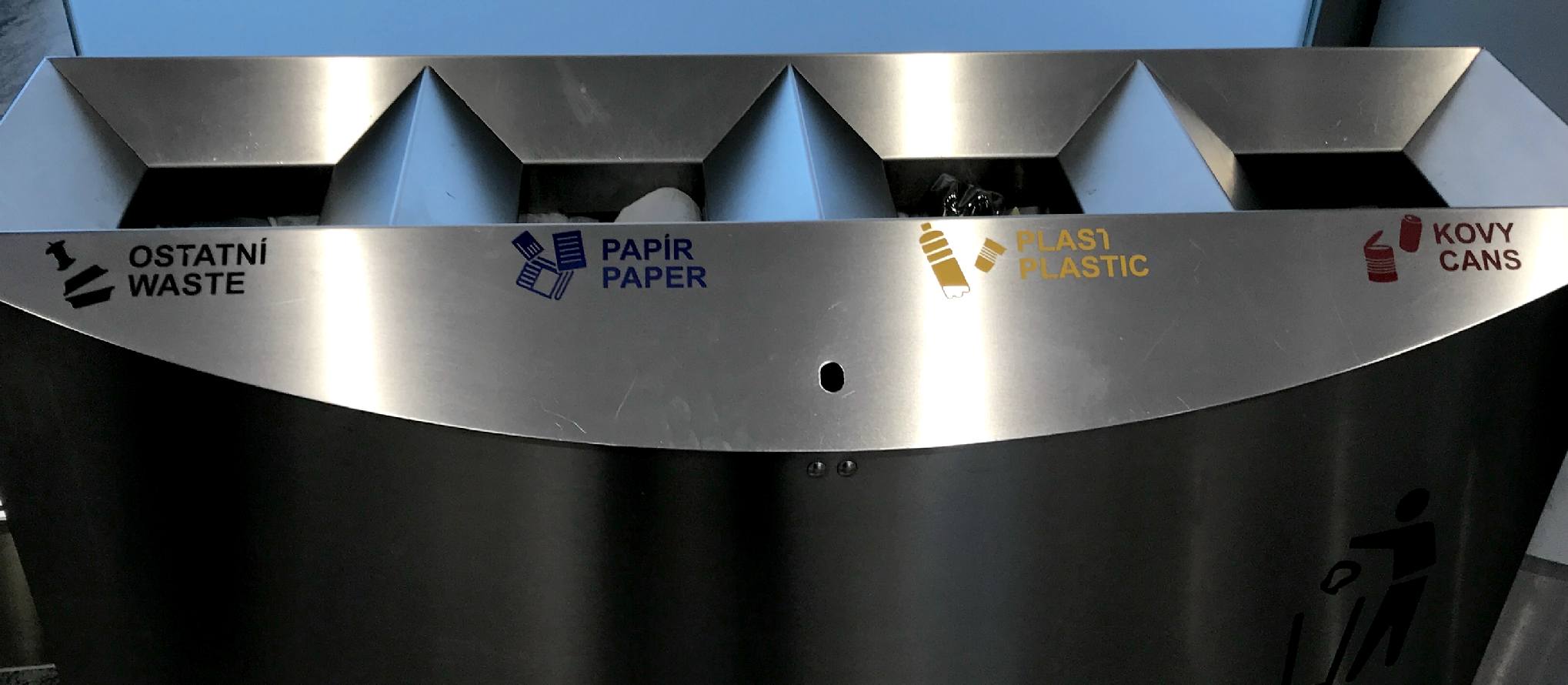
EURO
RECYCLING: Our man in Brussels was pleased to note that in every airport
that they were taking the separation and recycling of travelers waste
seriously. Even the fast food chains abroad had adopted a similar scheme. McDonalds
being one of those. Well done on this. The famous burger chain also provided
our delegate with a very tasty strawberry smoothie that had a really fresh
tang, pulp, pips and all. The fruit, the whole fruit and perhaps just a bit of
titivating? We'll never know.
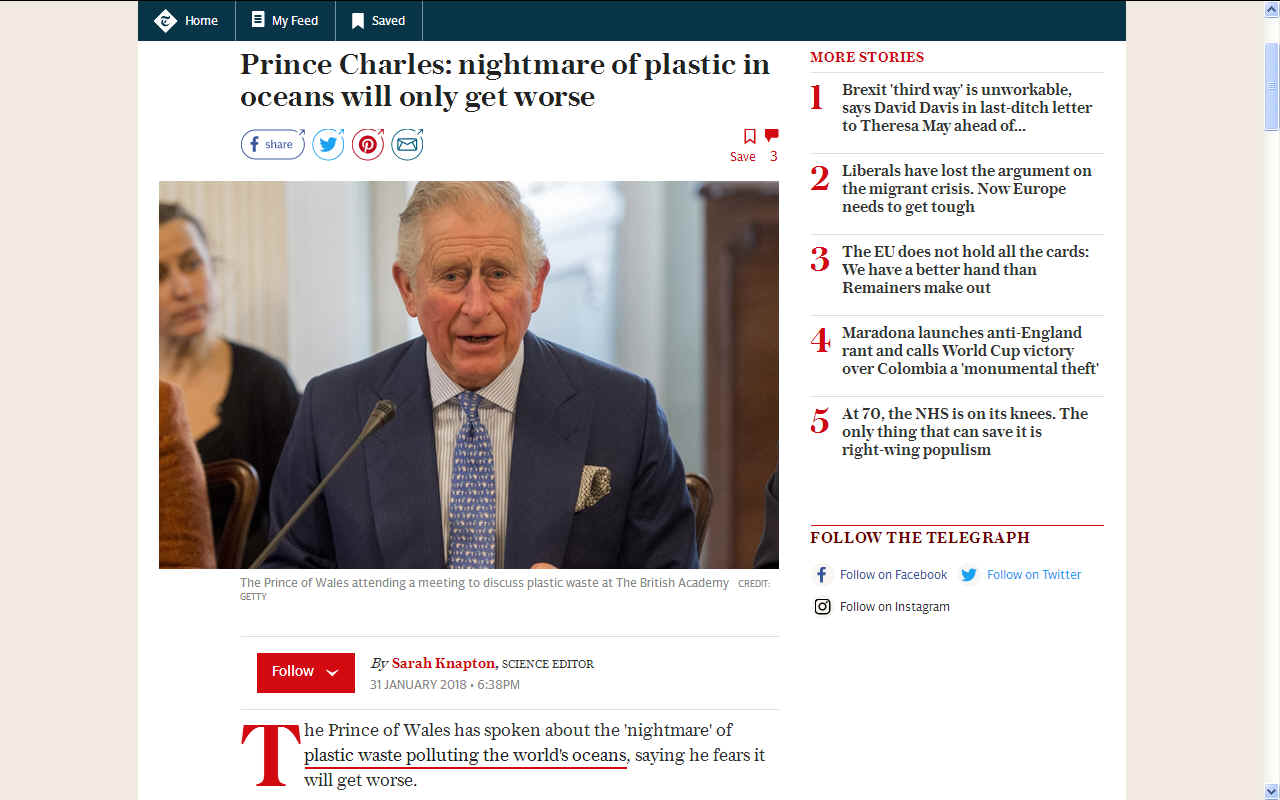
THE
TELEGRAPH 31 JANUARY 2018 - Prince Charles: nightmare of plastic in oceans will only get worse.
The Prince of Wales has spoken about the 'nightmare' of plastic waste polluting the world's oceans, saying he fears it will get worse.
Prince Charles delivered a speech at a meeting of environmentalists and business leaders at The British Academy in London to discuss the issue on Wednesday.
The heir to the throne spoke of his 'deep frustration' at the world ignoring the problem and called on companies to make changes to cut their plastic waste.
"The nightmare result of eight million tonnes of plastic entering the ocean every year is set to get worse rather than better," he told delegates.
"We cannot, indeed must not, allow this situation to continue... I do fervently pray that you will all do your utmost to work together in the coming year to make real, substantial progress.
"It could not be more critical that you succeed."
Each year more than 300 million tons of plastic are produced globally, and at least eight million tonnes ends up in the sea. It is estimated that there is now a 1:2 ratio of plastic to plankton and, left unchecked, plastic will outweigh fish by 2050.
Not only is the floating haze of scum unsightly, it is also swallowed by marine animals that cannot digest it.
Chemicals leach into the water, and it has been shown that even humans who eat seafood ingest 11,000 pieces of microplastic each year.
Prince Charles, long known for his interest in environmental causes, was attending a meeting of the International Sustainability Unit (ISU) which he established in 2010 to help tackle issues such as deforestation, climate change and marine health.
"Over the last few years, the awareness and science about the negative impacts of plastic waste in our ocean have grown significantly," he added.
"Many of you, I know, shared my deep frustration that the world was seemingly just turning a blind eye to this mounting evidence.
"Thankfully, the level of concern has now changed, not least because of your efforts.
"Even though the challenge at hand is extremely grave and unbelievably urgent, I for one at least find some encouragement from the fact that the legacy of plastic in the environment is now very much on the global agenda and in the public consciousness."
At the meeting, he praised collaborative and integrated efforts to solve the problem of plastic waste.
He said: "In a culture where the forces of competition so often swamp the imperative of co-operation, breaking out of the silos that slow down progress is even more of an achievement."
Attendees at the "Keeping plastics and their value in the economy and out of the ocean" conference included representatives from the Ellen MacArthur Foundation, Marks & Spencer, Waitrose, PepsiCo UK, and Sky Ocean Ventures Fund.
Reacting to today’s speech by The Prince of Wales on plastic pollution, Friends of the Earth chief executive Craig Bennett, who attended the meeting, said:
“The Prince of Wales has been championing the environment for decades, so we’re delighted he is bringing his considerable influence to tackle the scourge of plastic pollution.
“We share the Princes’ frustration at the slow pace of action on this issue.
“Theresa May rightly recognises the need to act – but speedier efforts are needed to slash waste, boost recycling and stop the tsunami of plastic pouring into our oceans.”
PEPSICO
INDIA - Coca-Environmental Issues at Pepsi Co and the Indian Regulatory Environment:
The two most contested environmental issues of PepsiCo India are the quality and quantity of water extracted for its beverages, and the resulting water pollution due to the
company’s industrial residue. Another challenge faced by the company is the amount of plastic use
and waste generated in bottling and packaging of its products.
Industrial water use
According to Indra Nooyi, CEO of PepsiCo Inc., soft-drinks and bottle water account for only0.04% of the total industrial water usage in India (Brady, 2007). However, given the scarcity of drinking water in India, this use still has a large impact on the population that does not
have access to clean drinking water. For each liter of soft-drink produced, PepsiCo uses 10 liters of water. In total, the company uses 30 million liters of ground water per year (Shiva, 2004).
The
company has been alleged to practice - water
piracy for exploitation of ground water resources, resulting in scarcity of drinking water for the residents of the Palakkad district in Kerala, India.
A study done by the Kerala groundwater department reported that the factory extracted 366,000liters more than the permissible limits (Down to Earth, 2007). The company’s factory has also
been known to cause water pollution by adding toxic sludge containing heavy metals such
as lead and cadmium into the nearby streams (Shiva, 2006). Under the Clean Water Act of 1974,the GoI has not set any formal standards for the industrial use of
- clean and - potable water in their food and beverages, and neither does it have any formal regulation for non-point source of industrial pollution (Kaye, 2004). In addition, neither the Prevention of Food Adulteration (PFA)
Act of 1954 nor the Fruit Products Order of 1955.
The mandatory acts for regulating the quality of beverage contents in India
regulate pesticide content in soft drinks (CSE, 2003).In 2003, a study led by the Center for Science and the Environment (CSE), an
environmental NGO in New Delhi, nationally released reports confirming that soft drinks of Pepsi and
Coca-Cola contained pesticides. The samples were found to be 24 times above the general
standards finalized (but not notified) by the Bureau of Indian Standards (InfoChange, 2006). Observing
an outright disregard of BIS standards, in 2005, the Drinks and Carbonated Beverages
Sectional Committee of the BIS introduced higher standards. However, it is alleged that the
Union Ministry of Consumer Affairs may have asked the BIS to defer setting standards, since there
was no significant improvement in the level of pesticides in the following batches (InfoChange,2006).
Snowballing into a national public health scare, in 2006, seven out of 24 states in
India, including government-run schools and colleges, banned both Pepsi as well as Coca Cola
(Kaye,2004).
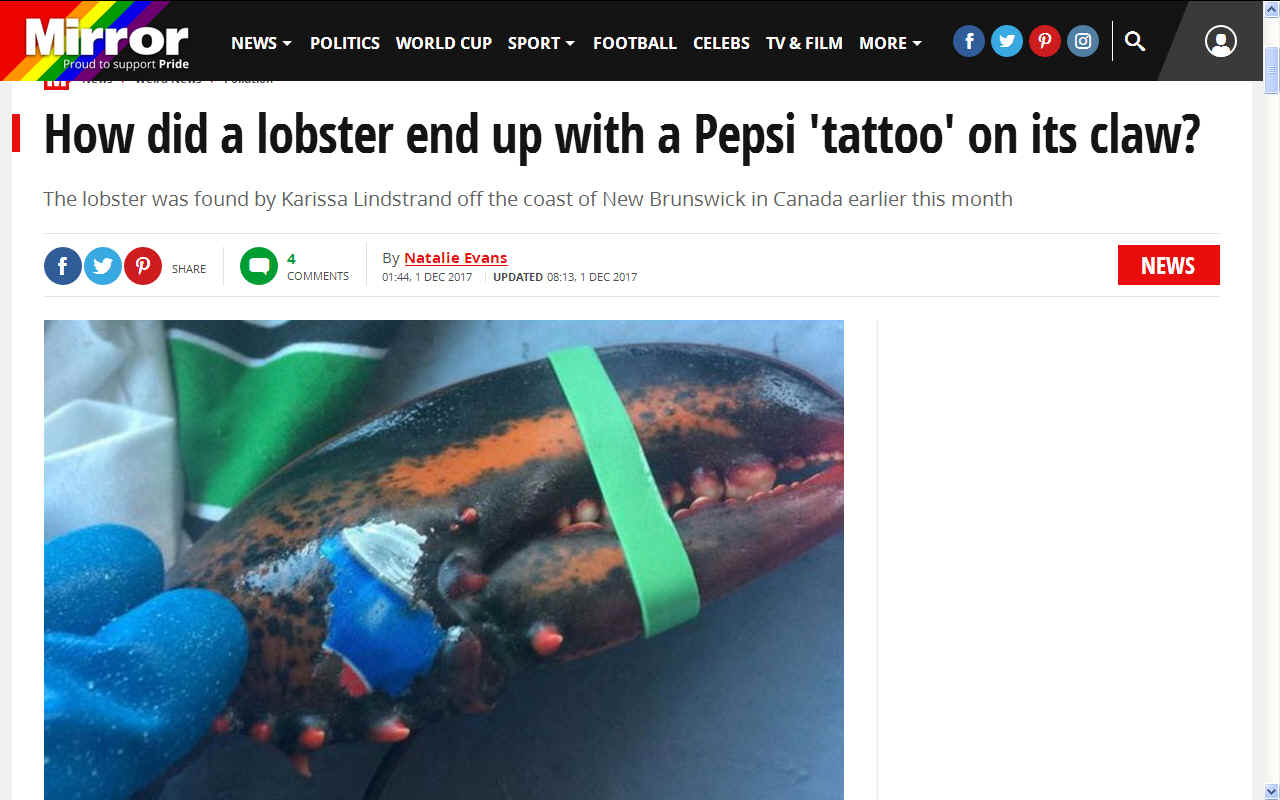
THE DAILY MIRROR DECEMBER 2017
- A lobster has been found with a Pepsi logo 'tattooed' on its claw.
The crustacean was discovered off the coast of New Brunswick in Canada earlier this month, prompting concerns about the extent of plastic pollution in the world's oceans.
The lobster was trapped by Karissa Lindstrand off the coast of Gran Manan on November 21.
She was loading it into a crate to have its claws banded when she noticed the strange marking.
Ms Lindstrand said she immediately recognised the familiar logo as she drinks around 12 cans of Pepsi every day.
She told the Globe and Mail : "It looked like the image was tattooed on the lobster claw.
"I've just seen deformed claws. I've never seen anything like this before with the image of a Pepsi symbol."
It is not known how the Pepsi 'tattoo', which was not paper but could be scraped off, came to be imprinted on the lobster's claw.
Some speculated the lobster may have grown inside a can, while others suggested a Pepsi box became stuck to it at some point.
The find highlights the growing problem of plastic pollution, with the latest figures suggesting between five and 13 million tonnes end up in our oceans every year.
Ms Lindstrand posted the strange snap on social media where it quickly went viral.
She wrote on Facebook : "I'm still trying to wrap my brain around what exactly it was.
"I just happened to notice a blue picture, and got looking at it closer and it was a Pepsi can.
"I'm a Pepsi fan 100 per cent. I drink one cup of coffee in the morning and then Pepsi all day. On average it would be about 12 cans."
She added that she wished she'd kept the lobster after her post attracted so much attention but she put it in a crate and believes it may now be in the US.
The discovery emerged as Iceland and the Co-op supermarkets announced they are backing a UK-wide bottle deposit return scheme to help tackle ocean plastic pollution.
Responding to a Greenpeace survey of supermarkets' views on such a system, which would add a cost to the purchase of drinks bottles that customers get back when they return the container, both expressed support for the move.
Greenpeace, which wants a bottle deposit return scheme to reduce plastic pollution in the seas where it is harming wildlife and entering the food chain, urged other retailers to follow suit.
What the so-called 'plastic tax' is - and why imposing a levy on takeaway boxes could be a complete fail
But concerns have been raised about how such a programme could work, including potentially removing valuable recyclable materials from council-run household collections or distorting the market with a switch to other less recyclable containers.
Other national supermarkets surveyed were non-committal or expressed reservations about a deposit return scheme, Greenpeace said.
Richard Walker, director for sustainability at Iceland Foods, said Britain was failing to recycle up to 16 million single use plastic bottles every day.
"This cannot carry on," he said.
"It is causing untold damage to our oceans and wildlife.
"It is also a ticking time bomb for humanity, since we all ultimately depend on a healthy ocean environment for our own survival."
He said deposit return schemes worked, and Britain needed to follow the lead of other countries.
Budget 2017: The winners and losers revealed from Philip Hammond's November speech
"Introducing a deposit return scheme may well add to our costs of doing business," he said.
"However, we believe it is a small price to pay for the long-term sustainability of this planet.
"I urge all other retailers to do the right thing and follow suit."
Jo Whitfield, retail chief executive, Co-op, said the company was in favour of creating a deposit return scheme which increased overall recycling of packaging, reduced litter and helped marine pollution.
"We are committed to ensuring all of our own packaging will be recyclable and we are firm supporters of initiatives designed to boost recycling levels," she said.
"We look forward to working with others, including government, local authorities, manufacturers and other retailers, to help design a scheme that delivers in all these areas."
Spoof Coca-Cola advert shows 'Santa' tipping bottles into the ocean to highlight plastic waste
Greenpeace campaigner Louise Edge said: "It is possible to prevent throwaway plastic polluting our rivers and oceans, but to achieve this we really need companies to step up to the plate,
"That's why it's brilliant to see Iceland and the Co-op coming out in favour of deposit return schemes, one of the tried and tested solutions needed to end the ocean plastic pollution crisis,
"Iceland and Co-op have shown some vision and set the standard, now it's time for other companies to follow suit and start publicly backing deposit return schemes."
Samantha Harding, Campaign to Protect Rural England's litter programme director, said: "Iceland and the Co-op should be commended for their commercial and environmental leadership in supporting a UK deposit return system.
"Their commitment shows that retailers of any size can play their part in ridding our countryside and oceans of unnecessary waste."
Industrial plastic waste
management
PepsiCo India has been criticized both by consumers and environmental NGOs for
the environmental waste created by bottling their drinks. In 1994, the beverage giant
experienced national antagonism over its alleged contamination of the country’s environment through
the dumping of plastic waste. Indian environmentalists, along with Greenpeace’s Toxic
Trade Project, investigated PepsiCo’s involvement in both production and disposal of plastic waste
in India. The study found that in 1992, out of the 10,000 metric tons of plastic waste generated
as well as imported by Pepsi and other companies, only 60 to 70 percent could be processed.
The remaining 3,000 to 4,000 metric tons of plastic garbage was not recyclable (Leonard,
1994). India still lacks a system of closed loop recycling,
and therefore the same problems persist today. At the national policy level, the Ministry of Environment and Forests of India established
new Municipal Solid Waste Management Rules in 2000.
These rules have failed to manage waste as acyclic process, instead treating waste as a linear system of collection and disposal and
thereby creating health and environmental hazards (Gupta, 2004). The current rules and regulations
are inadequate to assess the environmental impact of waste generated at the industrial level. At
its headquarters in New York, PepsiCo has been criticized for environmental waste created
by bottling a drink (water) that people can get from the tap; especially because only 24.6% of
PET
(polyethylene terephthalate) plastic bottles used for soda, water, and other products are
recycled in the US. As a result, PepsiCo has launched its new Eco-Fina bottle that uses 50% less
plastic
than its traditional Aquafina bottle. Even Coca-Cola’s Dasani brand and Nestle’s Poland Springs
is known to have been steadily shrinking the weight of their PET
plastic bottles
(Bauerlein, 2009).
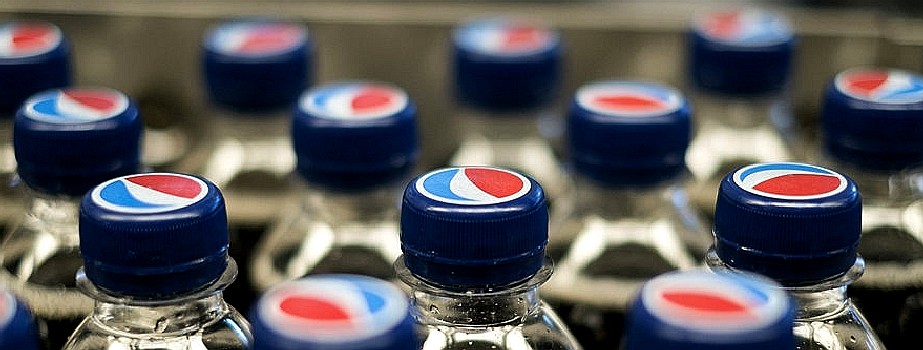
Applying the framework: Changes in the Environmental Management of PepsiCo, India
This section uses the framework described at the beginning of this paper to illuminate
the changes made in the environmental management of PepsiCo India that were prompted by
the environmental issues described above. Only the content dimension and the external part of
the contextual dimension of the framework are applied to this case
study. The content dimension highlights the nature of change in the environmental management of PepsiCo. It refers to the new environmental strategies, policies, or systems that PepsiCo
has adopted. This dimension also reveals the underlying environmental strategy followed by
the company: its central objectives, source of strategy, and the extent to which the strategy
is implemented (Pettigrew, 1987).Following the various environmental issues faced by PepsiCo, the company has made
periodic changes in its environmental management. Since 2006, PepsiCo has adopted the mantra of
- Performance with Purpose.
It initiated two main programs to attain
environmental sustainability: Replenishing Water and Waste to
Wealth. The Replenishing Water program addresses the problem of water quality and ground
water depletion by introducing the concept of a positive water balance. The programs adopted
under this umbrella at the community level are: In-Plant Water Recharge and Harvesting and Zero -Water Discharge. As a part of the overall program, PepsiCo has partnered with TERI
- a scientific research organization in New Delhi - to enhance and rejuvenate local water bodies in the states of Karnataka and Uttaranchal. The Replenishing Water program has achieved a current recharge
rate of 300 million liters of water every year.
To provide safe water and sanitation
for communities in developing countries, the PepsiCo has partnered with Water
Partners and the Safe Water Network to improve rural water in India. Figures 4 and 5 show the improvement of water efficiency and reduction of water consumption for manufacturing at PepsiCo
worldwide in 2007-08 and in India from 2006 to the year 2009,
respectively. Part of the Waste to Wealth program is directed towards reducing material waste
through sustainable packaging and recycling of waste generated at its bottling plants. PepsiCo now uses
light weighting in its packaging which is cost-effective, generates less waste, and reduces
the amount of energy and raw materials, such as plastic, that are used. In the
United
States, PepsiCo has launched half-liter bottles of Lipton iced tea, Tropicana juice drinks, and Aquafina Alive
that contain 20% less plastic than their original packaging. This reduction has saved PepsiCo
more than 50 million pounds of plastic annually.
The Pepsi-Cola bottles are made up of 10%
recycled plastic, and rank among the most recycled packages made since 1990. Many innovations in
terms of packaging reduction and resource conservation have been implemented at
PepsiCo universally. In the India beverages, the carbonated soft drink crown lining has been converted
to PVC (polyvinyl chloride) - free compound, removing resin and reducing cost (PepsiCo Inc.,2009).The context dimension for PepsiCo refers to the drivers that led to an action
oriented change in the environmental management of the company.
The external context in India motivated changes
in PepsiCo’s environmental performance at a macro and national scale. These drivers
helped managers of the company to mobilize the contexts around them, and in doing so provide
the rationale for change (Pettigrew, 1987). The drivers for change at PepsiCo can be categorized as formal institutional drivers and
informal socio-political drivers. With the ground water depletion issue, PepsiCo changed
its environmental management primarily due to two informal socio-political drivers: the
affected local communities residing in the Palakkad district in Kerala, India and CSE
- the domestic NGO from New Delhi. In dealing with the issue of water pollution with toxic waste and pesticides, PepsiCo changed
its environmental management based on a host of drivers. The formal institutional drivers
are media comment, investor pressure due to fall in sales, and the GoI regulation that
established new standards for industrial water use and disposal. The informal drivers attributed to the
change are protection of brand image, consumer pressure, and the pressure of domestic NGOs
and environmental agencies.
For changes made in PepsiCo’s packaging, headquarter environmental
policies and reports revealed by Greenpeace can be identified as the two main
institutional drivers. The informal drivers for this move are: protection of brand image, rise in
environmental concerns of its consumers, competition, risk management as a result of its falling shares,
and attainment of eco-efficiency.
Conclusion
Using the conceptual framework explained above, this paper identifies the main drivers
leading to change in environmental management in PepsiCo, India. These key drivers have spurred reduction in the company’s water use, enhancement of water quality, and reduction of packaging
waste. The majority of the drivers fall under informal socio-political institutions rather than
formal institutions such as host country regulations and policies followed at the headquarters.
This shows that one of the weakest drivers causing a change in the environmental management of anMNC such as PepsiCo is the domestic regulatory standards in India. It highlights the
minimum role played by the GoI in assuring a positive change in the environmental standards followed
by an MNC in India. These findings show the need for greater enforcement of
environmental compliances by the regulatory bodies of India. They also emphasize the potential role of
MNCs to act as change agents and collaborate with environmental NGOs and the GoI to formulate a stronger regulatory environment for India.


THE
SUN 10
NOV 2017: Theresa May has been branded economically illiterate by Treasury insiders as relations with the Chancellor plunged to new depths.
That may or may not be the case, but the lady is still in
charge of Brexit
negotiations and we hope that she has got one eye firmly on
the ball when it comes to essential research that will give us
a better chance of securing
food into the 2050s.
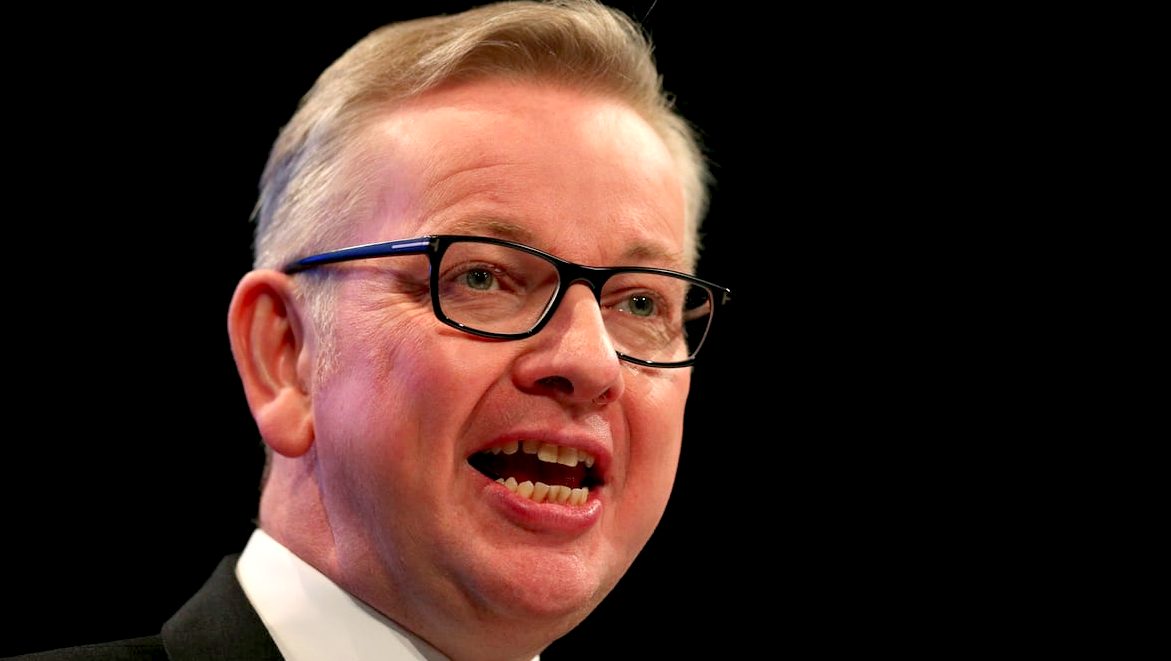
THE GUARDIAN
OCT 2017 - A deposit return scheme aimed at slashing plastic pollution has moved significantly closer after environment secretary Michael Gove said he would work with the industry to see how a scheme can be implemented in England.
Gove, speaking at the Conservative party conference in Manchester, announced a four-week call for views to inform how a deposit return scheme (DRS) would be designed. The government’s working group on the issue will also consider DRS for metal and glass containers.
Over eight million tonnes of plastic enter the oceans every year, with 80% coming from land. Plastic bottles are a major contributor; in June the Guardian revealed that a million are made every minute and the rate is rising quickly, with annual consumption forecast to top half a trillion by 2021.
At least a dozen nations already have DRS, in which a small deposit is paid when purchasing the bottle, which is then returned when the empty bottle is brought back.
In Germany and
Denmark, which have DRS schemes, more than 90% of bottles are returned. In England, just 57% of plastic bottles are recycled, mostly through streetside collection schemes. Gove was pressured this summer by opposition parties and NGOs to introduce a DRS in England, and Nicola Sturgeon announced in September that Scotland would introduce a DRS.
“We must protect our oceans and marine life from plastic waste if we are to be the first generation to leave our environment in a better state than we found it,” Gove said. “We want to hear people’s ideas on how we could make [a DRS] work in England.” In September, Gove said a plastic bottle DRS was a “great idea” but it was vital to devise a programme “that others can buy into”.
Gove noted the huge reduction in plastic bag use resulting from the 5p charge placed on single-use bags, and that the government was drawing up “one of the world’s toughest bans on plastic
microbeads”. The DRS working group has been asked to report early in the new year.
“The continuous stream of disposable plastic bottles running into our oceans has been growing alarmingly,” said Greenpeace oceans campaigner Elena Polisano. “We urgently need solutions, and we think a DRS is probably the best way to raise the collection rate.”
Coca-Cola is one of the world’s biggest producers of plastic bottles and in February reversed its opposition to a DRS in Scotland. In July, the company announced it would use more recycled plastic in its bottles. However, on Monday Greenpeace revealed that Coca-Cola has increased its production of plastic bottles by a billion in the last year.
Louise Edge, oceans campaigner for Greenpeace, said:
“Coca-Cola talks the talk on sustainability but the astonishing rate at which it is pumping out single-use plastic bottles is still growing.”
LINKS
& REFERENCE
https://www.mirror.co.uk/news/weird-news/how-lobster-end-up-pepsi-11618065
https://www.telegraph.co.uk/science/2018/01/31/prince-charles-nightmare-plastic-oceans-will-get-worse/
https://www.scribd.com/document/119915784/Pepsico

THE
OCEAN DOES NOT LIE: Politicians can spin themselves out of almost anything
and are ultimately replaced by another spin-doctor who may for a while follow
their ideals but will soon become entrenched in political brinkmanship rather
than dealing with urgent matters looming and presently out of control such as
marine litter.
When you consider the size of the Mediterranean Sea,
€14 million
euros may not seem like much to be able to tackle the problem
of marine litter and this has been the view of the assessors,
or rather applications in respect of Horizon 2020 calls have
not been funded because of budgetary constraints, though
considered to have merit. What is likely to happen as a result
of budget shortfalls and the present difficulties over Brexit
is that organizations within the UK may decide to relocate
their base of operations, or alternatively, look elsewhere for
funding or both. This might be simply to extricate themselves
from the present quagmire, doing what they can to stay clear
of politics.
According to the United
Nations Department of Economic and Social Affairs (UN-DESA
2009), the world population is expected to grow from the
present 6.8 billion people to about 9 billion by 2050, mostly in developing countries (5.6–7.9 billion).
Fisheries around the world provide significant food catches
that are dwindling as a result of over-fishing and marine
pollution. By tackling marine pollution, the oceans stand a
better chance of regeneration, giving fish a healthier
environment in which to flourish.
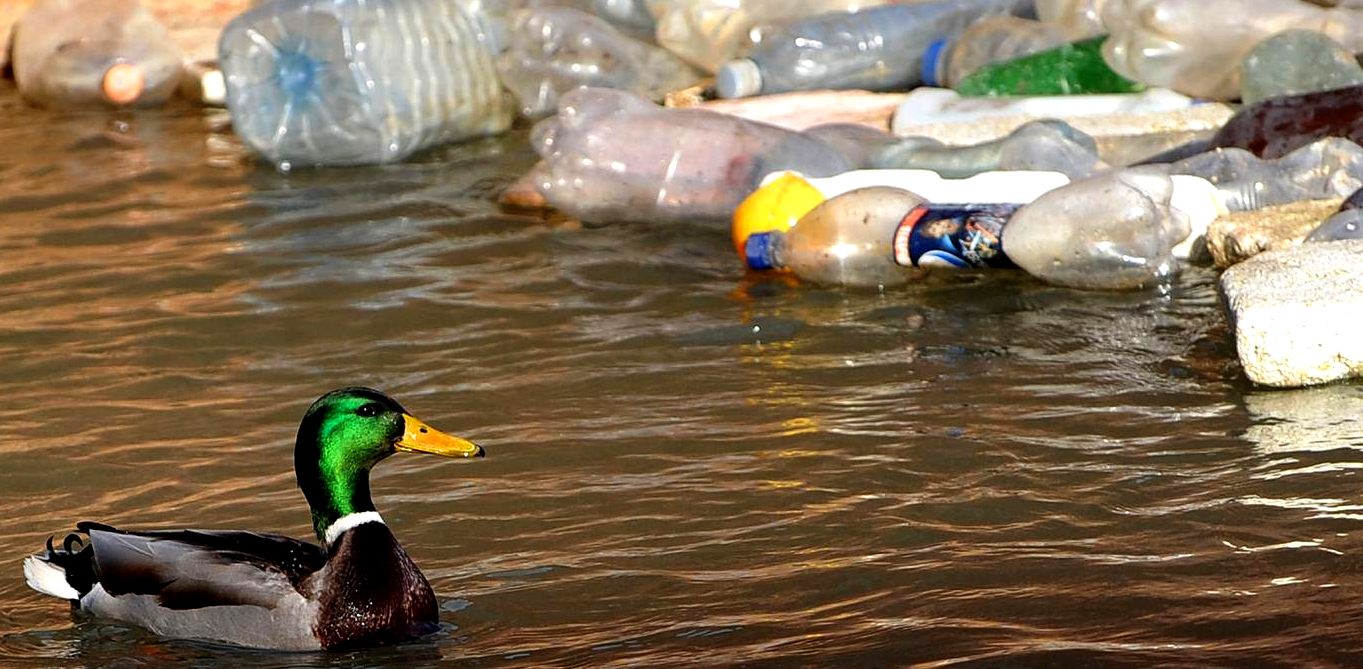
ABS
- BIOMAGNIFICATION
- BP DEEPWATER - CANCER
- CARRIER BAGS
- CLOTHING - COTTON BUDS - DDT - FISHING
NETS
FUKUSHIMA - HEAVY
METALS - MARINE LITTER
- MICROBEADS
- MICRO
PLASTICS - NYLON - OCEAN GYRES
- OCEAN WASTE
PACKAGING - PCBS
-
PET - PLASTIC
- PLASTICS
- POLYCARBONATE
- POLYSTYRENE
- POLYPROPYLENE - POLYTHENE - POPS
PVC - SHOES
- SINGLE USE
- SOUP - STRAWS - WATER
This
website is provided on a free basis as a public information
service. copyright © Cleaner
Oceans Foundation Ltd (COFL) (Company No: 4674774)
2018. Solar
Studios, BN271RF, United Kingdom.
COFL
is a charity without share capital. The names AmphiMax™,
RiverVax™
and SeaVax™
are trade names used under license by COF in connection with their 'Feed
The World' ocean cleaning sustainability campaign.
|








